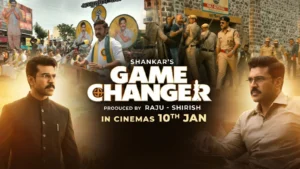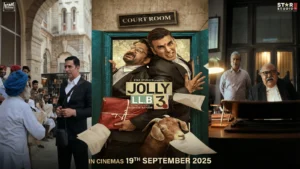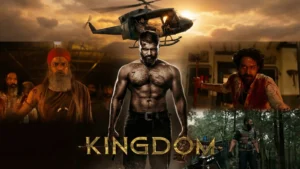Marvel’s latest film, Thunderbolts*, has finally landed in theatres, and let me start with the truth: the expectations were unbelievably low. Honestly, how many of us were genuinely excited for this one? When Marvel announced the film back in 2022, the collective reaction across the fandom felt the same – Why? What are they even making? It looked like Black Widow Part Two stitched together with leftover characters. We had Red Guardian, Yelena, Taskmaster, Ant-Man 2’s villain, a “two-day Captain America,” and even Bucky thrown into the mix, yet there was no clear reason for this movie to exist.
And then, in that very same 2022 event, Marvel showcased heavyweights: Loki Season 2, Fantastic Four, Captain America: New World Order, Daredevil: Born Again, Ant-Man: Quantumania, and Secret Invasion (whose announcement created more hype than the actual series). With so much big talk happening, Thunderbolts felt like the quiet kid standing in a corner, invisible to the larger party.
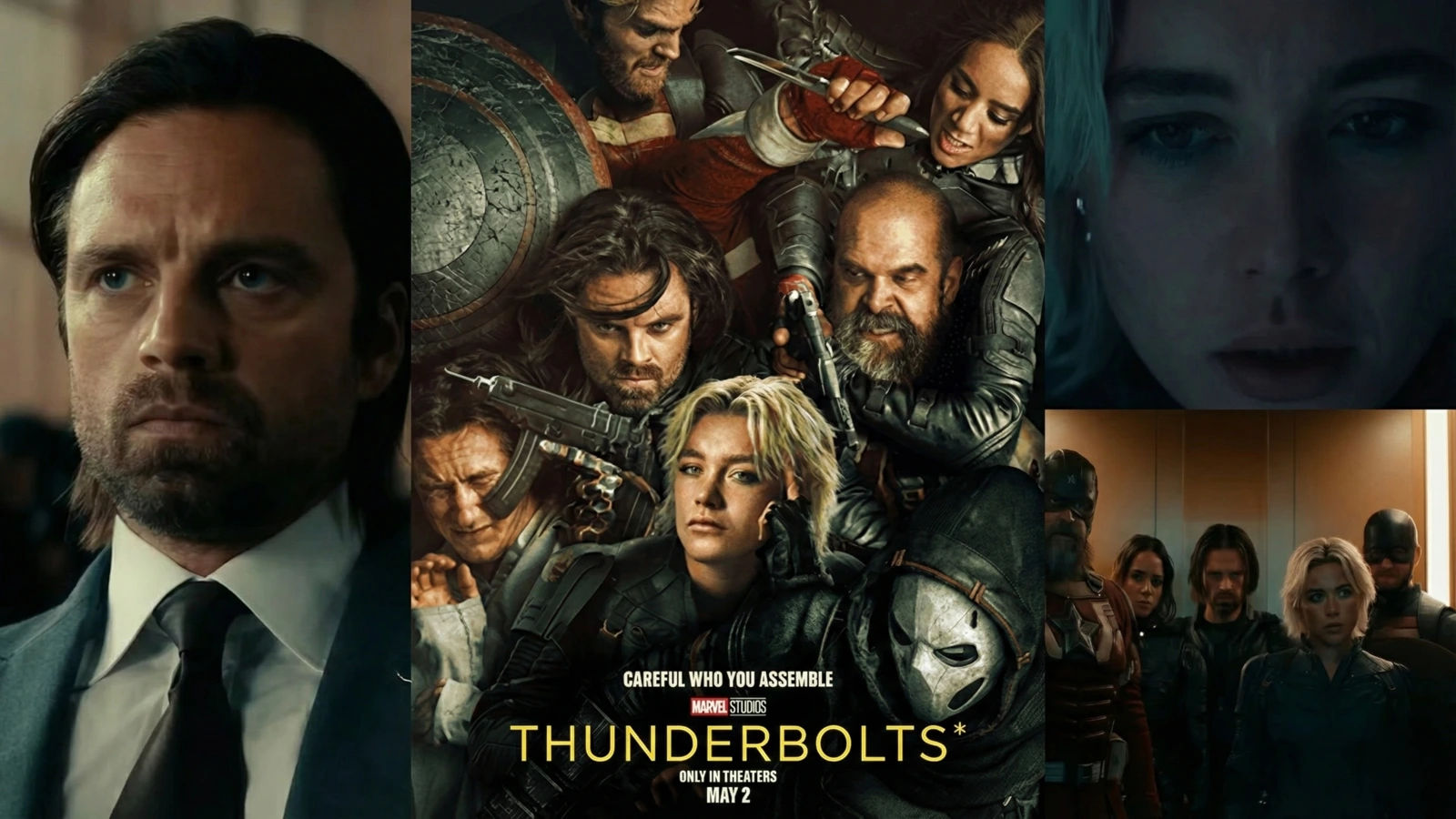
Even today, when five or six major films are running in theatres, Thunderbolts* wasn’t my first choice. I actually wanted to watch Ajay Devgn’s Raid 2, but a messy morning show schedule ruined my mood. So here I am – not by destiny, not by hype – simply because this was the next available option. But this twist of fate may have been good, because Thunderbolts* turned out to be far more interesting than its forgettable marketing.
Before we dive deep into what works, let’s start where the movie itself falters.
A Troubling Release Timing That Worked Against the Film
The biggest problem with Thunderbolts* is its release date – not because of clashes, not because of competition, but because of the sentiment. Right now, audience confidence in Marvel is not just low; it’s bruised. People are tired, skeptical, and cautious. There’s a feeling that Marvel’s storytelling magic has faded post-Endgame, and every new project now arrives with the burden of doubt.
In this atmosphere, a movie like Thunderbolts* – which never had strong buzz to begin with – gets judged even before the first frame appears on screen. This affects how people talk about it, how they evaluate it, and how they engage with it. And trust me, it shows.
- A Troubling Release Timing That Worked Against the Film
- A Story That Begins with Yelena and Slowly Expands
- A Surprisingly Serious Theme Beneath the Popcorn Surface
- A Misfit Team That Surprisingly Works Together
- Watching the Hindi Dub – and the Pain of the Interval Culture
- Two Post-Credit Scenes That Are Worth Staying For
- A Better-Than-Expected Film That Still Suffers From Poor Timing
- The Film’s Actual Quality (Not Social Media’s Exaggerated Ratings)
- Related Movie Reviews
- Rate this movie
A Story That Begins with Yelena and Slowly Expands
Now coming to the story. Yes, technically it’s a team of five or six superheroes, but the narrative anchors itself around Yelena. The film kicks off with her jumping off a building in a visually striking sequence. It’s stylish, bold, and instantly sets the tone. Then the so-called “useless side characters” start entering one by one.
They fight each other, they throw snarky replies, they insult each other like school kids trying to win an argument. And while all this chaotic banter unfolds, the movie plants its biggest hook: The Black Void.
It is a fascinating idea – a hand-shaped phenomenon that makes people vanish with a “poof.” The sound design deserves applause: heavy bass, deep rumble, and a disappearing effect that feels like it hits you in the chest. Marvel has sometimes overdone their CGI gimmicks, but this one genuinely feels fresh.
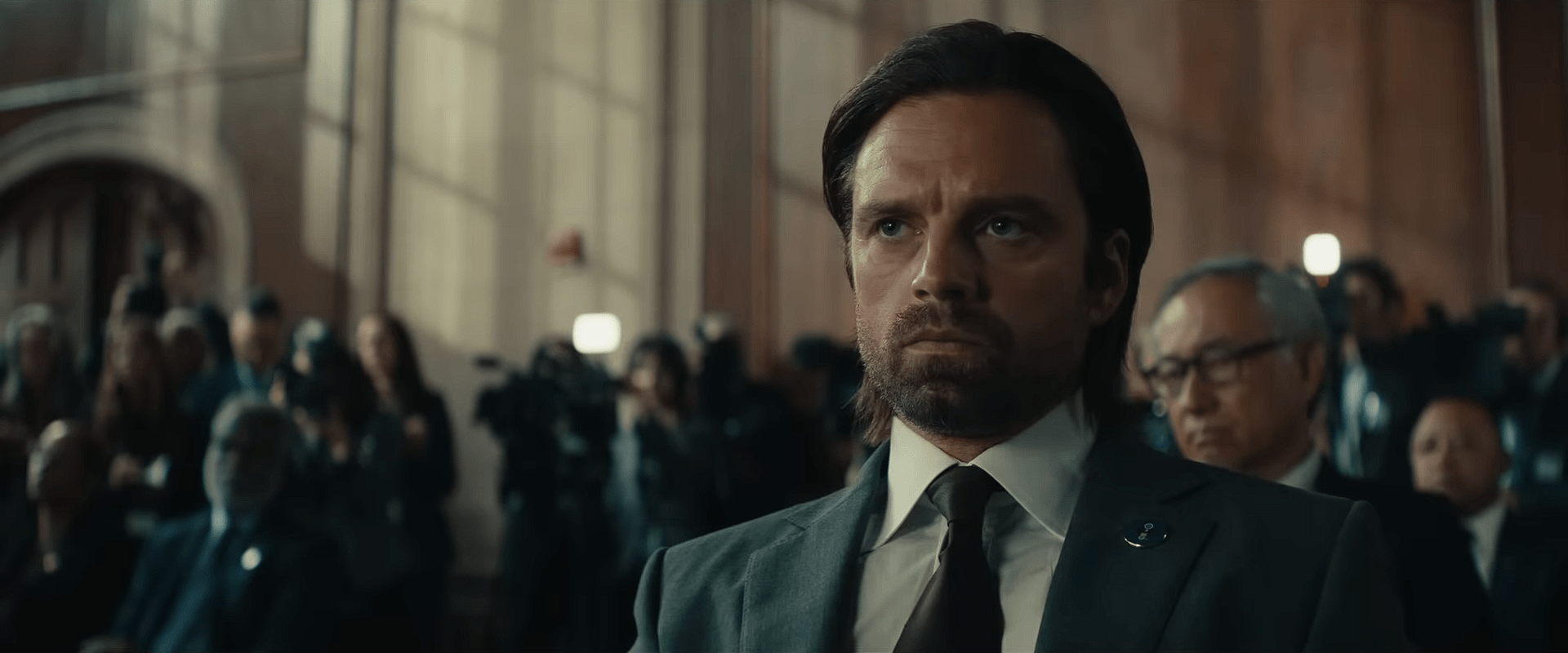
The trailer shows the Void clearly, yet inside the theatre the filmmakers rebuild it with patience. I watched the movie with a group of people, who had no idea what the Void was or who Sentry is. And since the film doesn’t spoon-feed too much, their reactions were priceless – confused excitement, curiosity, a little fear, and the sudden “What is happening?” astonishment that comes from discovering something new.
In that moment, I realized one thing: Thunderbolts might not be a grand film, but it knows how to stage suspense.
A Surprisingly Serious Theme Beneath the Popcorn Surface
What impressed me the most is the movie’s decision to explore loneliness, isolation, and past trauma – emotions that everyone experiences but often hides behind humour or daily distractions. For a summer blockbuster to pick such a theme is unexpected. And more than that, Thunderbolts doesn’t just touch the theme; it uses it as the foundation of its narrative.
Two of the team members are shown struggling deeply with these issues. And in an interesting twist, the villain – the Void – is also rooted in the same emotional darkness. Marvel rarely aligns the hero’s and villain’s emotional journeys so directly, and here they do it with surprisingly mature writing.
And yes, MCU fans know there are two “Voids” – one from Loki and this one. Completely different concepts, no connection.
A Misfit Team That Surprisingly Works Together
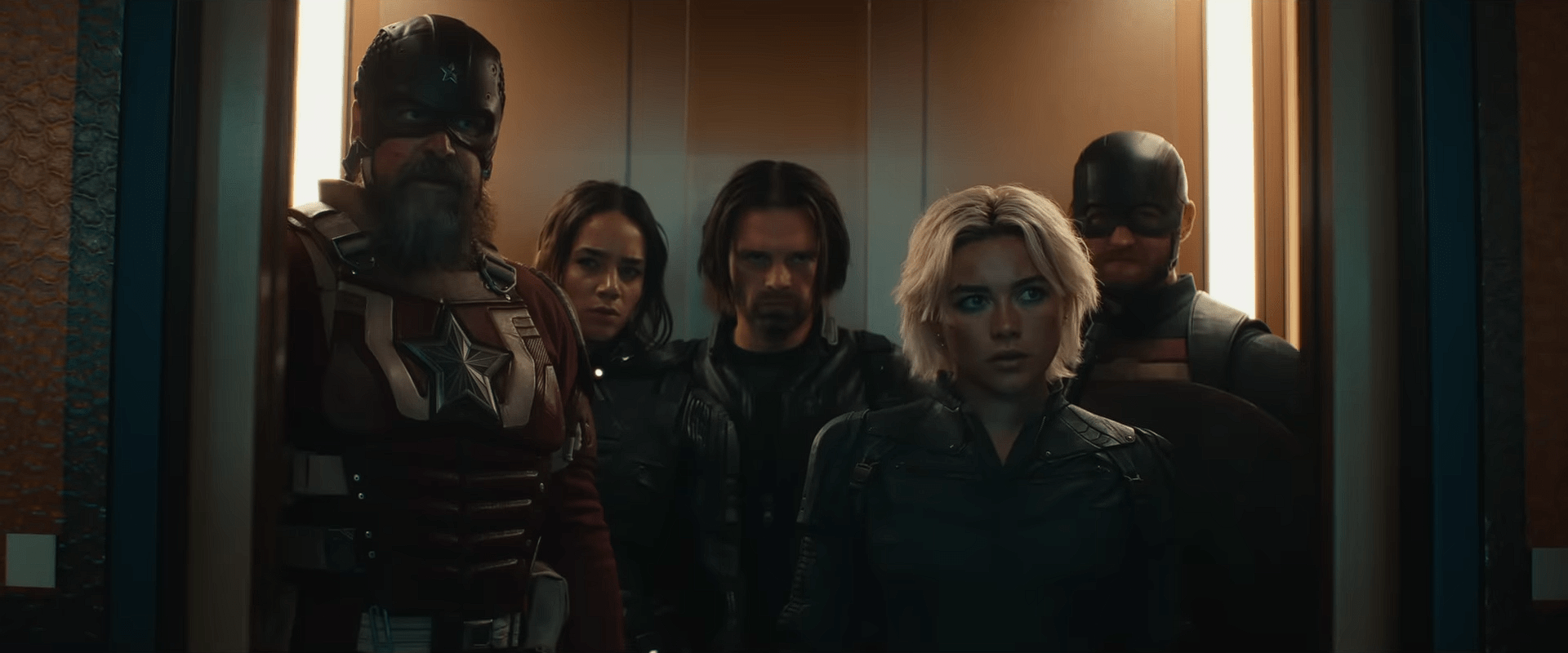
Here is where the movie genuinely surprised me. Usually when a film carries no major hero, no major event, and no major stakes, it gets reworked or becomes a generic safe product. But Thunderbolts* stands firmly on the concept it was designed on. It doesn’t pretend to be something bigger; it doesn’t pretend to lead to a major multiverse showdown. It knows its identity and sticks to it.
And these so-called peanut-level characters? They work well together – shockingly well. Their chemistry is reminiscent of the early Guardians of the Galaxy films, where misfits become family through messy interactions. Thunderbolts* doesn’t reach that comedic charm, but it finds its own grounded personality.
These superheroes are mostly human or slightly enhanced – so the action is gritty, muscular, and grounded. No laser beams blasting from the sky. No portals opening into cosmic dimensions. Just raw, tactical fights, gun action, and clever improvisation.
One escape sequence requires them to climb out of a long tunnel without the ability to fly – and the way they figure it out is both funny and tonally perfect.
Watching the Hindi Dub – and the Pain of the Interval Culture
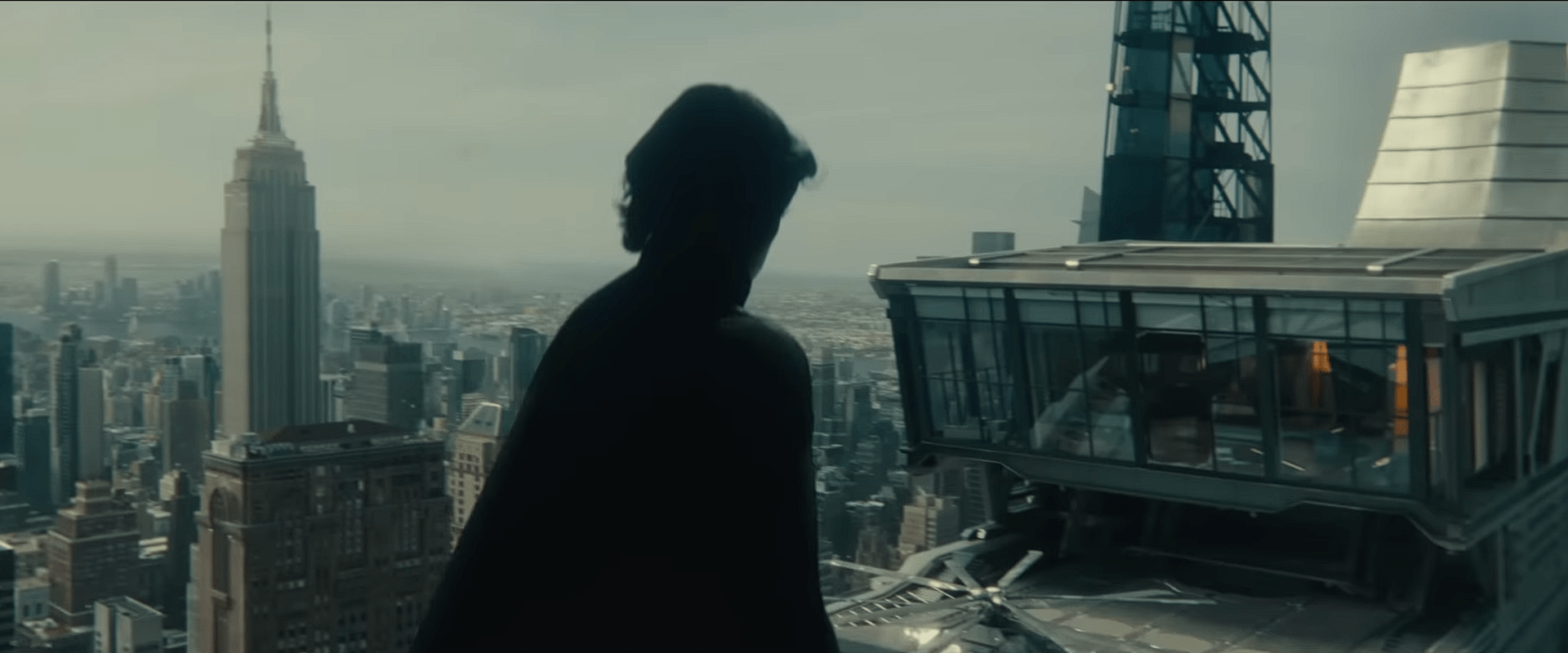
I watched the film in Hindi dub because that was the only option nearby. The writing loses a little sharpness in translation, but even then, one or two jokes genuinely made me chuckle. The humour comes mostly from situations rather than punchlines.
But the biggest nightmare was the interval.
Indian interval culture strikes again. Hollywood films are made to be consumed in one stretch, but when they come here, someone decides where to insert a break – and it’s always terrible. Just when the desert car chase scene begins, and the pacing becomes truly exciting… cut.
There’s nothing more jarring than that sudden halt.
Two Post-Credit Scenes That Are Worth Staying For
Marvel is known for dangling hints, and Thunderbolts* offers two post-credit scenes. They’re not world-shattering, but they’re not useless either. They add a bit of flavour to what’s coming next and wrap the viewing experience neatly.
A Better-Than-Expected Film That Still Suffers From Poor Timing
So here’s the big takeaway: compared to how “unimportant” it looked initially, Thunderbolts is better – significantly better. It takes its themes seriously, embraces emotional storytelling, and avoids becoming a mindless popcorn flick.
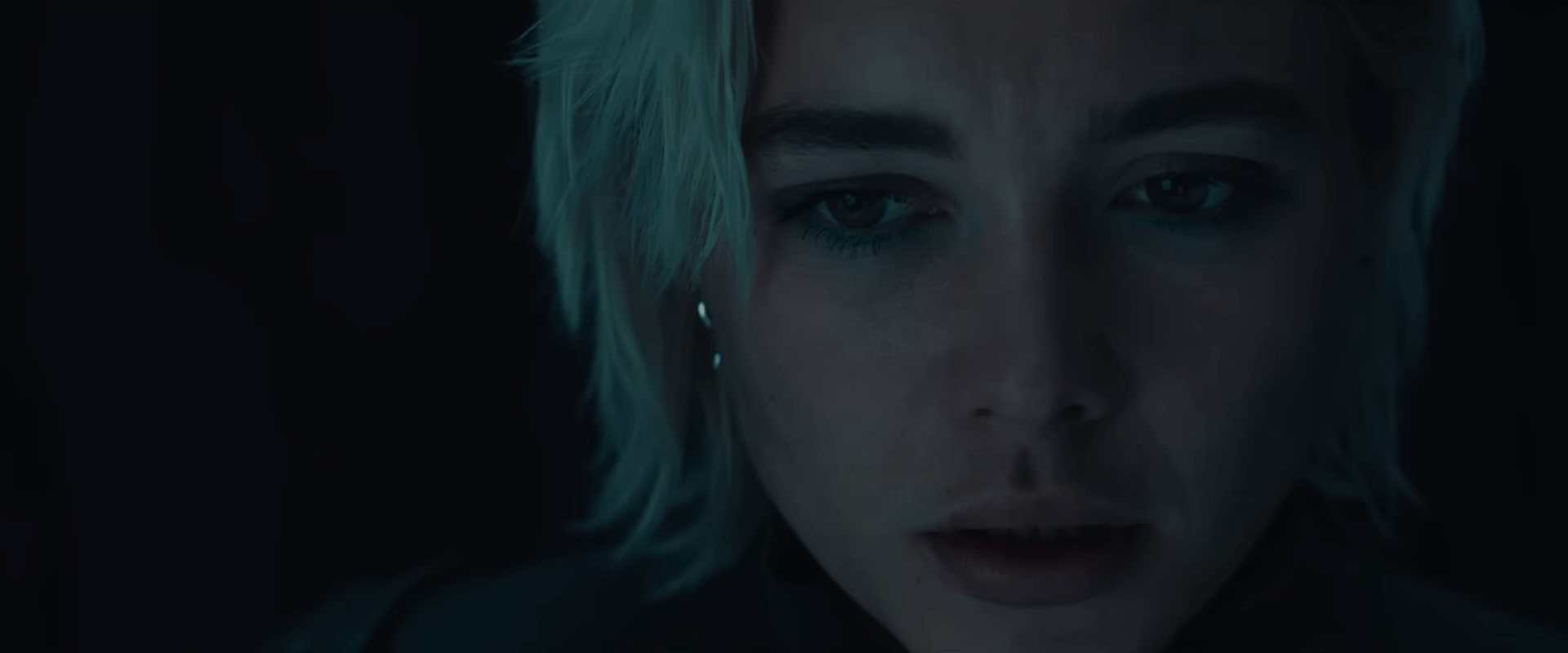
Had this movie released during Marvel’s golden years – between Civil War and Endgame, or even shortly after – it would have been received very differently. The positive environment would have boosted its success, much like Captain Marvel benefitted from hype rather than merit. But today, with negativity hanging around Marvel, Thunderbolts is judged more harshly.
When expectation starts from below zero, even a good film struggles to climb.
The Film’s Actual Quality (Not Social Media’s Exaggerated Ratings)
Before release, social media reviews were claiming 80% or 90% scores. The film isn’t that good, but it is definitely good. Post-lockdown, out of the dozen-plus Marvel projects, Thunderbolts* falls into the better-performing category.
Its story is solid. The action is very enjoyable. The team dynamic is fun. The emotional beats work more often than not. And it maintains a consistent tone – something Marvel has struggled with recently.
Personally, I had a good time watching Thunderbolts*. It might not convert non-Marvel fans, but if you were a Marvel fan once, you can easily give this a try. It won’t disappoint, largely because expectations are so low.

The trailer, released three to four months earlier, gave me a faint hint that maybe this could be a surprise. And honestly, it was.
Rating: 3.5/5
A grounded, emotionally thoughtful, surprisingly cohesive Marvel film that delivers more than it promises. Low expectations work in its favour, and while it isn’t a grand comeback, it is certainly a step in the right direction.



